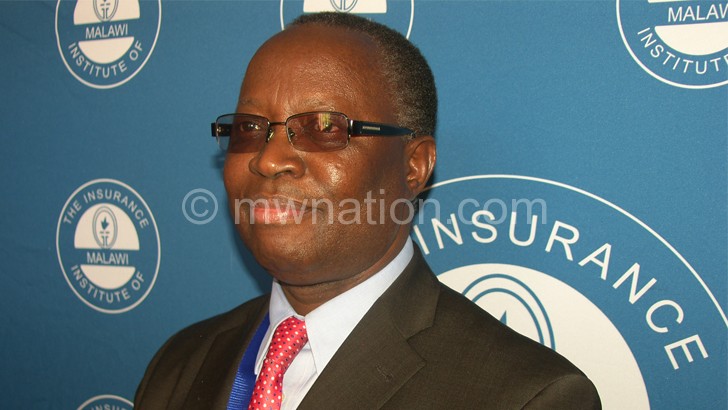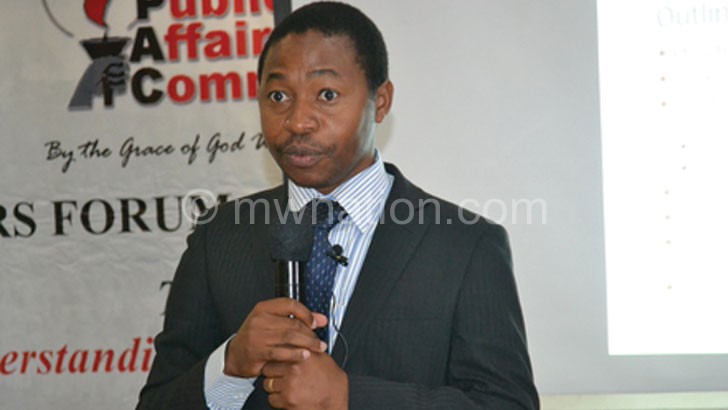Bank Deposits At RBM Lowered
The Reserve Bank of Malawi (RBM) has cut the Liquidity Reserve Requirement (LRR) ratio to 7.5 percent from 15.5 percent to compel banks to reduce the difference between prime lending and policy rates.
RBM made the decision to reduce LRR ratio on Tuesday at its third Monetary Policy Committee (MPC) meeting this year in Lilongwe chaired by governor Charles Chuka. The move is effective August 1 2015.

“The committee resolved to maintain the policy rate [formerly the bank rate] at 25 percent and, effective 1 August 2015, reduce the Liquidity Reserve Requirement [LRR] ratio to 7.5 percent to enable banks to lower the spread between the prime lending rate and the policy rate,” said Chuka in the minutes of MPC which Business Review has seen.
LRR ratio is the portion of deposits, expressed as a percentage that commercial banks keep at the central bank as reserves.
Hence, at 7.5 percent, it means every commercial bank now has an obligation to deposit K7.50 out of every K100 at RBM and hold in its banking hall K92.50 for every K100 deposited by its depositor.
Every commercial bank is obliged to hold minimum reserves of its customers’ deposits, normally in form of cash which is physically stored at the central bank and is called LRR.
By maintaining the policy rate or bank rate—the rate at which commercial banks borrow from the central bank as a lender of last resort—at 25 percent, RBM has defied calls by the private sector to have the rate adjusted downwards to induce borrowing by corporates and individuals for business expansion.
Generally, RBM uses two monetary policy tools of bank or discount rate and LRR to influence lending rate cut, although at times the central bank has recourse to other tools.
RBM last revised LRR in February 2007 to 15.5 percent from 20 percent, a move that economic commentators then hailed as a stimulant to economic activity by injecting liquidity in the economy.
In November 2014, RBM issued a directive to change LRR for forex deposits, which meant that reserves on forex deposits—foreign currency denominated accounts (FCDA)—are to be made in kwacha and not in their respective currencies.
In recent years, money market analysts have been pressing the central bank to consider cutting LRR as one possible monetary policy tool to help stressed banks have more cash and normalise their balance sheets.
The analysts argued that at 15.5 percent, Malawi had the highest LRR ratio in the Southern Africa Development Community (Sadc) which they said has an average LRR ratio of 10 percent.
Commenting on inflation Chuka noted that inflation rate accelerated to 21.3 percent in June 2015 from 19.5 percent in the preceding month. This compares to an inflation rate of 22.5 percent in June 2014.
“Looking ahead, inflation is expected to continue to trend upwards largely due to rising food prices and the depreciating kwacha,” he said.
As of May 2015, Chuka said net government borrowing was at K110 billion from K99.3 billion in March 2015 while gross credit to private sector amounted to K308.7 billion in May 2015 from K298.3 billion in March 2015.






This move is long overdue. The high interest rates policy has severely jeopardised the economic development effort for this country